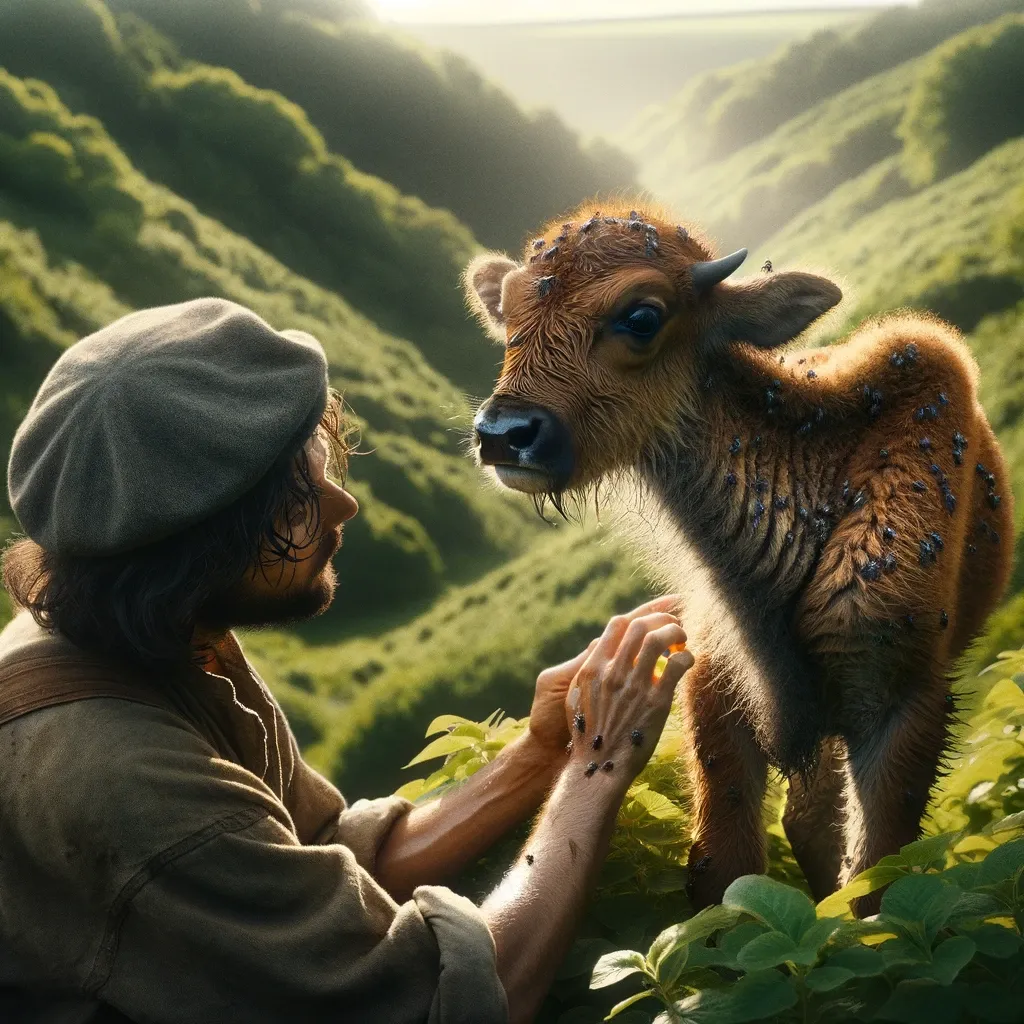Bisons in Spain: the risks of introducing an exotic species

From a distance, a baby bison may seem like an ordinary calf from an ordinary cow, but what Alberto Erans is carrying is quite different. It was born just a few days ago from one of the bison that Erans keeps on his rural property, La Perla, in the village of Cuvillo, in the Spanish province of Segovia. The calf suffered a severe tick attack, and now Erans dabs olive oil on it to get rid of the insects on the animal's belly.
Erans has a dozen specimens of the European bison (Bison bonasus), the only creature of the megafauna that, along with the American bison, survived the huge extinction since the end of the Pleistocene. Their introduction into Spain has caused concern among a number of renowned scientists.
Rancher and businessman Erans
belongs to a movement that aims to restore this species in Spain after its practical extinction from the face of the earth at the beginning of the 20th century.

In 2019, there were 2,518 adults in the wild in 10 Northern European countries, mostly in Poland, Russia and Belarus.
In Spain
which is not on this list of 10 countries, is home to about 100 European bison in a dozen fenced plots, like the one belonging to Erans, in the regions of Valencia, Castile and Leon, and Andalusia, says veterinarian Fernando Moran, who is head of the association European Bison Conservation Center in Spain. Moran is involved in almost all transports of these animals, which mainly come from Poland, the first specimens arriving in 2010. The last transportation at the end of 2020 saw 18 specimens released at El Encinarejo, a hunting ground in Jaén province, near the Sierra de Andújar Park.
Comment
Popular Posts
Popular Offers

Subscribe to the newsletter from Hatamatata.com!
Subscribe to the newsletter from Hatamatata.com!
I agree to the processing of personal data and confidentiality rules of Hatamatata













